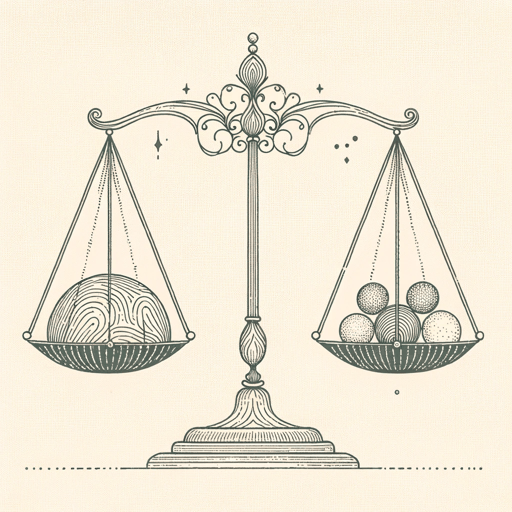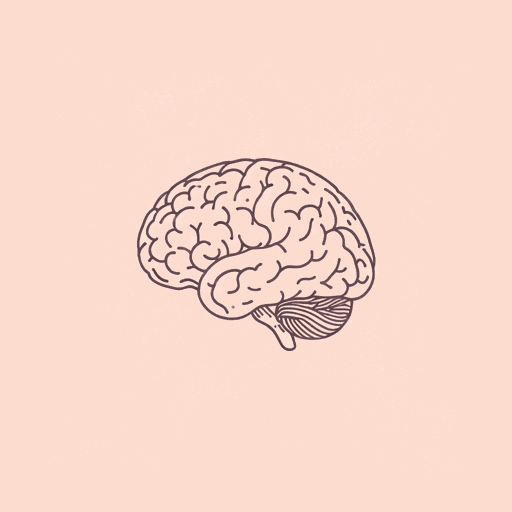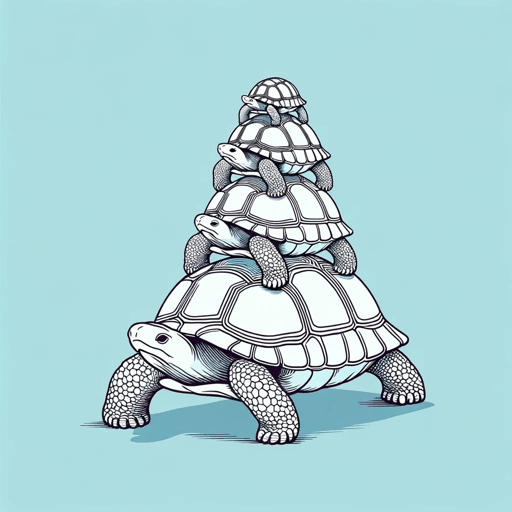66 pages • 2 hours read
Robert M. SapolskyWhy Zebras Don't Get Ulcers: A Guide to Stress, Stress Related Diseases, and Coping
Nonfiction | Reference/Text Book | Adult | Published in 1993A modern alternative to SparkNotes and CliffsNotes, SuperSummary offers high-quality Study Guides with detailed chapter summaries and analysis of major themes, characters, and more.
Chapters 1-4Chapter Summaries & Analyses
Chapter 1 Summary: “Why Don’t Zebras Get Ulcers?”
In industrialized nations, diseases have transitioned from short-term issues like infectious diseases to long-term diseases like heart disease and cancer. Modern scientists have identified a link between emotions and physical health, resulting in the emergence of stress physiology, a branch of medical science examining the impact stress has on health.
Stress can occur as acute physical, chronic physical, or psychological and social stress, with the latter being the most relevant to the text. Psychological and social stress is the most recently evolved and is seen in social primate species, including humans. Bodies are better adapted for short-term physical stressors; studies show that chronic psychological and social stress impact one’s vulnerability to stress-related diseases. Hans Selye first discovered the connection by noting peptic ulcers in mishandled rats.
Stressors are events that disrupt homeostasis and allostasis, which refer to ideal states of physical and mental balance, and the stress-response is the body’s attempt to regain its balanced state. The human stress-response is designed to deliver energy in the form of glucose to large muscles and to increase breathing rates, blood pressure, and heartrate, while longer-term functions, like growth, reproduction, and immunity are inhibited, thus preparing the body for intense physical exertion.
Related Titles
By Robert M. Sapolsky




